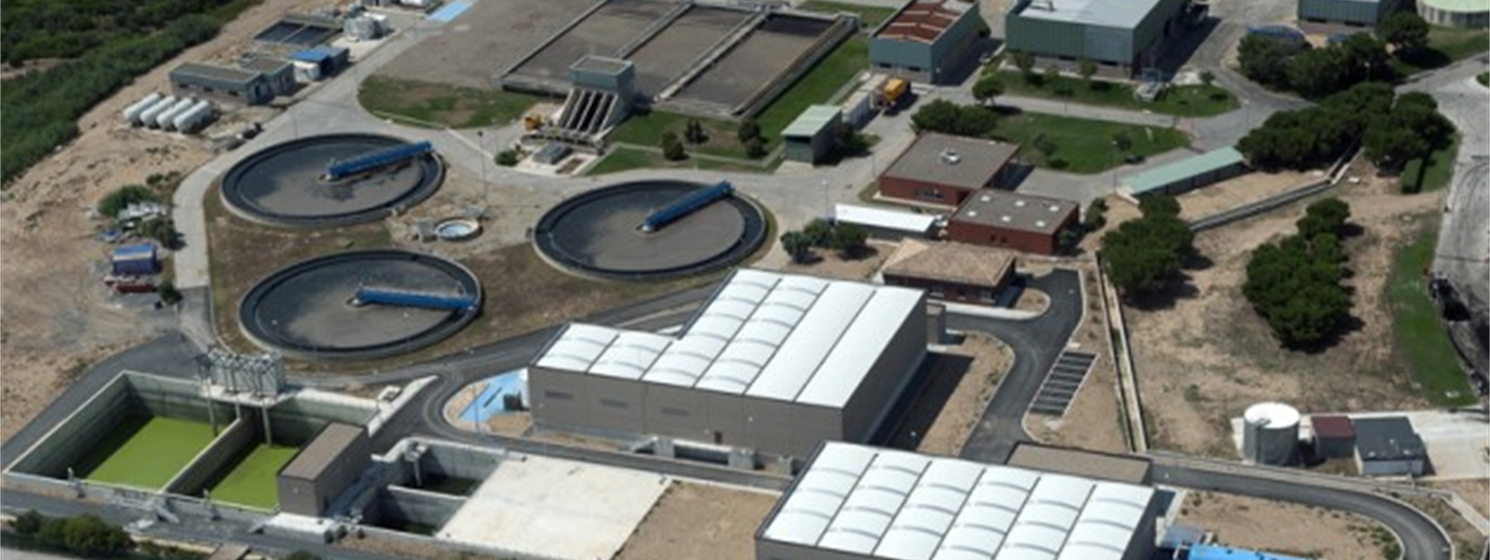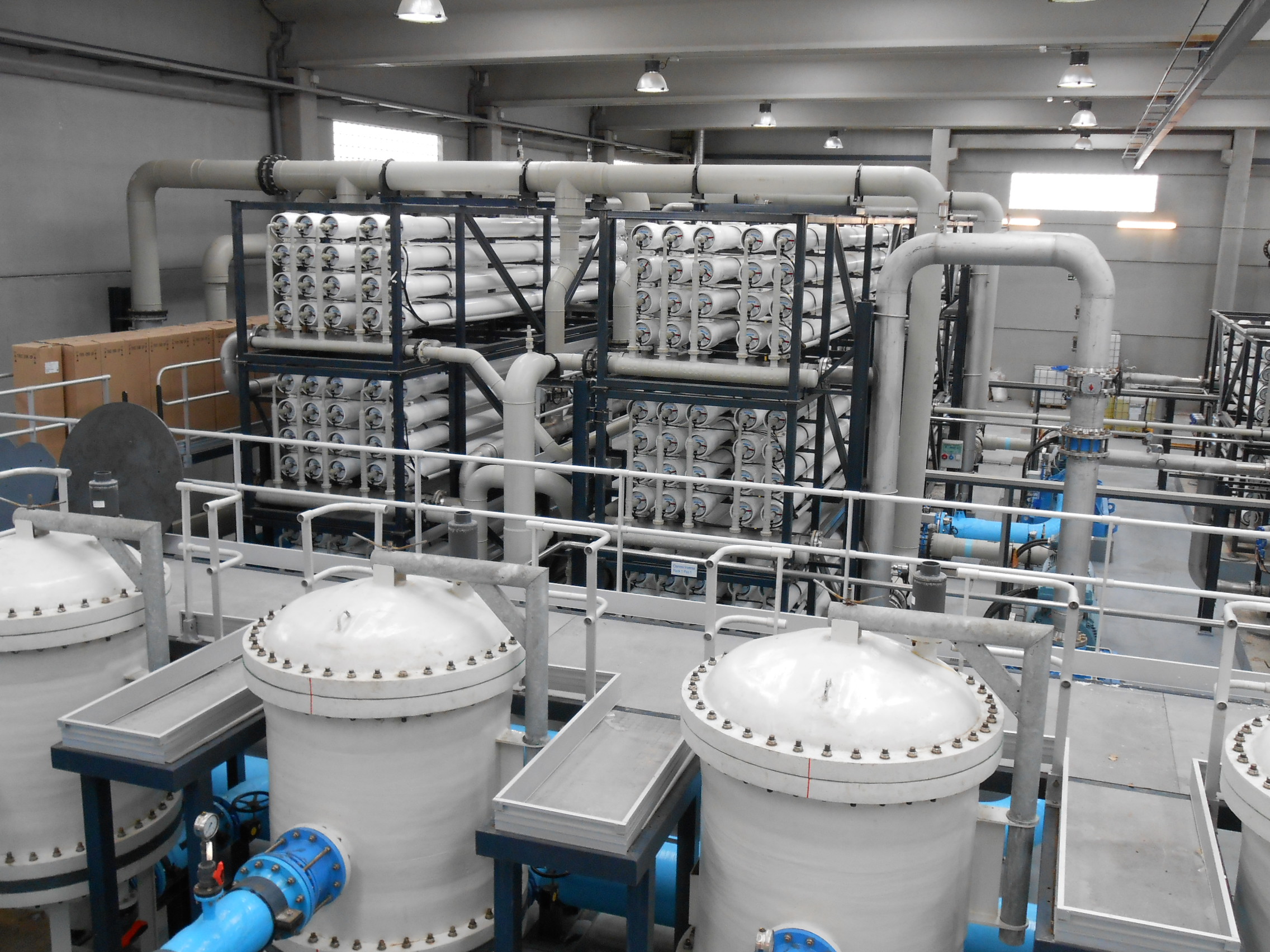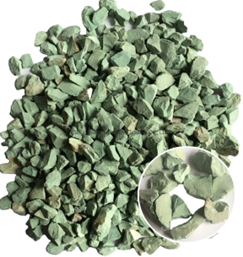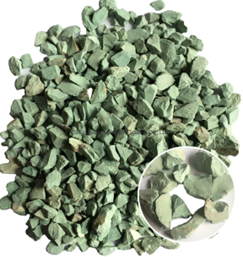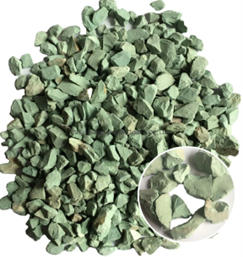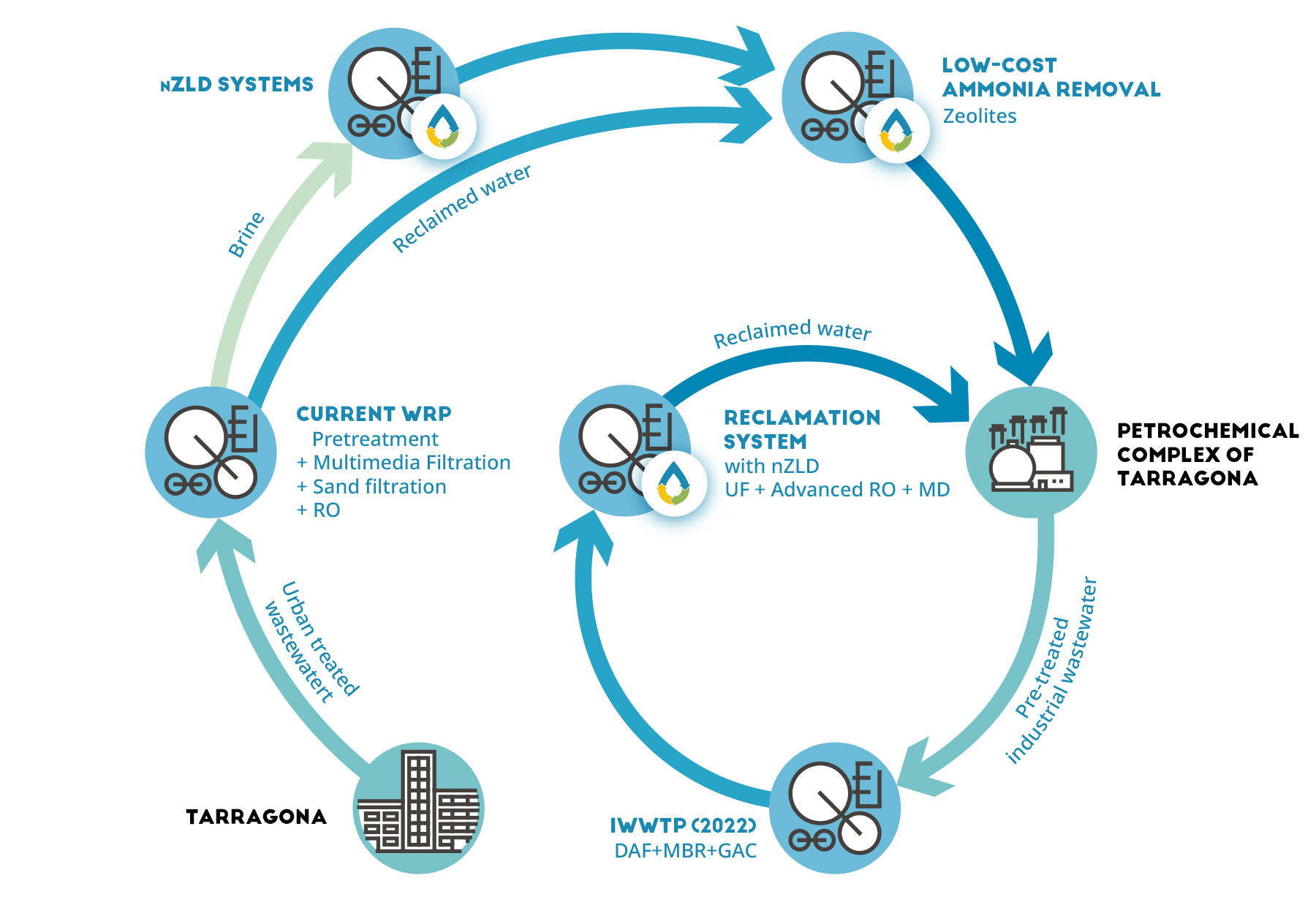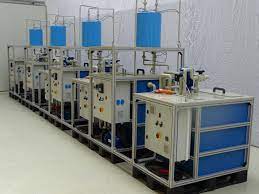Description
The Petrochemical Complex of Tarragona (Spain) is an industrial area that groups several companies related to the chemical and oil fields. This complex started its operation in 1971, with the construction of the first refinery, and since then its activity has progressively grown until being considered one of the most important of this type in Catalonia, Spain and southern Europe. The more than 30 companies that form this complex are mainly focused on the production of chlorine, alkaline salts, oxygen gas, fertilizers, insecticides, fuels, plastics and synthetic essences.
Aigües Industrials de Tarragona Societat Anònima (AITASA) is a company founded in 1965 to supply water to industries, mainly the chemical industries that were then being stablished in the Tarragona complex. AITASA supplies water for industrial and drinking uses to the complex from groundwater and reclaimed water production.
In order to meet its water demands in both the industry and households, Tarragona’s region has traditionally relied on water transfers from the Ebro River via a system that was built back in 1989. However, the increasing water demand from the industry outpaced the system’s capacity, which led to the implementation of a reclamation plant to feed industrial water only and to avoid consuming resources of the drinking water production.
Since 2012, AITASA operates the Water Reclamation Plant (WRP) of Camp de Tarragona producing water for boilers and cooling towers. This locally available additional water supply replaces surface water supplies, that, some years ago, were transferred from the Ebro River for use at the petrochemical park; as a result, an equivalent volume of surface water is available for urban water supply in the coastal areas of Tarragona province. By developing this new and locally available water supply source, industrial growth in a water scarce region has been supported, while promoting local industry’s sustainability.
Applied technologies
Technology performance and best practices
The Tarragona case study (CS1) aimed to improve water availability in a petrochemical complex by more than 20% through improved water recycling. This involved treating effluent from an industrial wastewater treatment plant (iWWTP) using a near-zero liquid discharge (nZLD) process based on membranes. The process included ultrafiltration (UF), reverse osmosis (RO) and membrane distillation (MD). UF removed turbidity (86%) and reduced total suspended solids (TSS) and chemical oxygen demand (COD) by 51% and 18% respectively, with an average energy consumption of 0.7 kWh/m³. RO was used in two passes to meet quality requirements, reducing conductivity and ammonium and achieving an overall recovery of 20-30%. The treatment of the RO concentrate by MD did not achieve satisfying results in terms of the quality of the permeate obtained, which did not meet the required limits for recycled water. Further tests are required to optimise the operation (feed pH adjustment) and to verify that a higher quality permeate can be obtained for reuse.
An alternative approach using zeolite adsorption to replace the second RO stage of the water reclamation plant (WRP) was analysed, which could reduce energy consumption by 6% and improve water recovery. At present, it could not be considered as a viable alternative because, although it has been shown to be able to adsorb ammonium, it does not reduce conductivity and therefore the output stream would not meet the required quality standards.
Outcome of assessments
Life-cycle assessment
Water reuse with zeolites: Replacing a two-stage RO system with the combination of RO and zeolite adsorption will significantly reduce primary energy demand (-32%) and related greenhouse gas emissions (-45%) of water reuse. The zeolite process has a lower energy demand than RO and also saves on chemicals for ammonia removal (NaOCl), using a low-impact natural adsorption material. It can still provide a water quality which is well suited for use in cooling towers.
Concept study for water recovery from industrial wastewater
The concept study for the treatment of the effluent from the petrochemical complex identified two possible treatment options. Option 1 includes a membrane bioreactor (MBR) followed by reverse osmosis, while option 2 includes dissolved air flotation (DAF), ultrafiltration and reverse osmosis. Both options are currently being evaluated with real wastewater and testing is expected to be completed in the first quarter of 2025. The most suitable alternative, based on water quality achieved and operating costs, is expected to be scaled up to an industrial level at the earliest opportunity.
Legislation and policy recommendations
Clarifying responsibilities and developing consistent guidelines for water reuse licensing and service provision across the EU are essential to ensure effective practices. The strategic agenda proposes comprehensive coverage of all water reuse types, emphasizing safety, environmental impact assessment, and the integration of reclaimed water into local water balances based on regional circumstances. Future regulations should establish minimum standards for non-agricultural uses, enhance risk assessment, and promote research on innovative water reuse technologies and practices. (see also D1.10)
Applied product
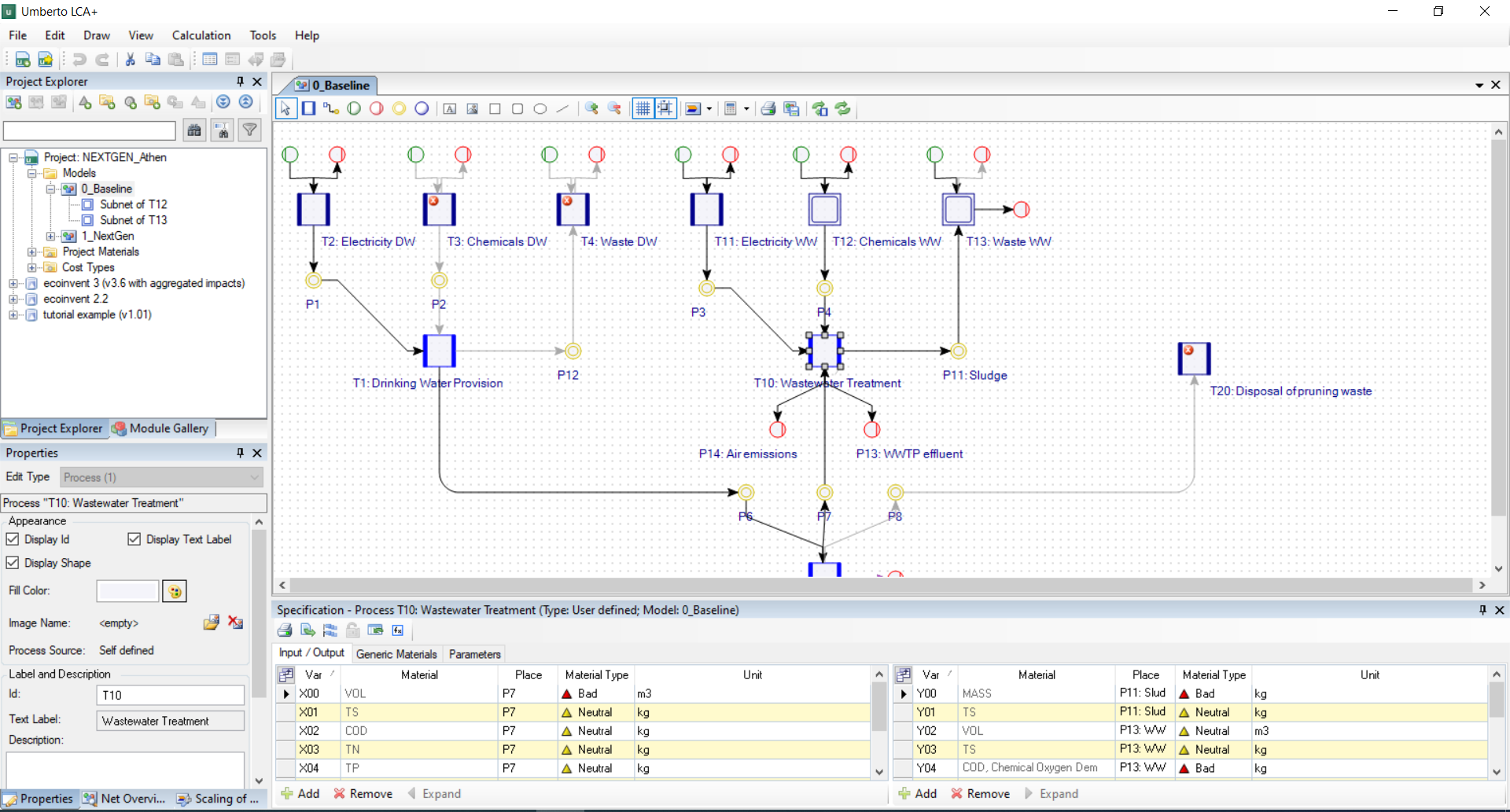
NEXTGEN + ULTIMATE Life Cycle Assessment
Life Cycle Assessment is a standardized framework (ISO 14040) for assessing the potential environmental impacts of a pr…

